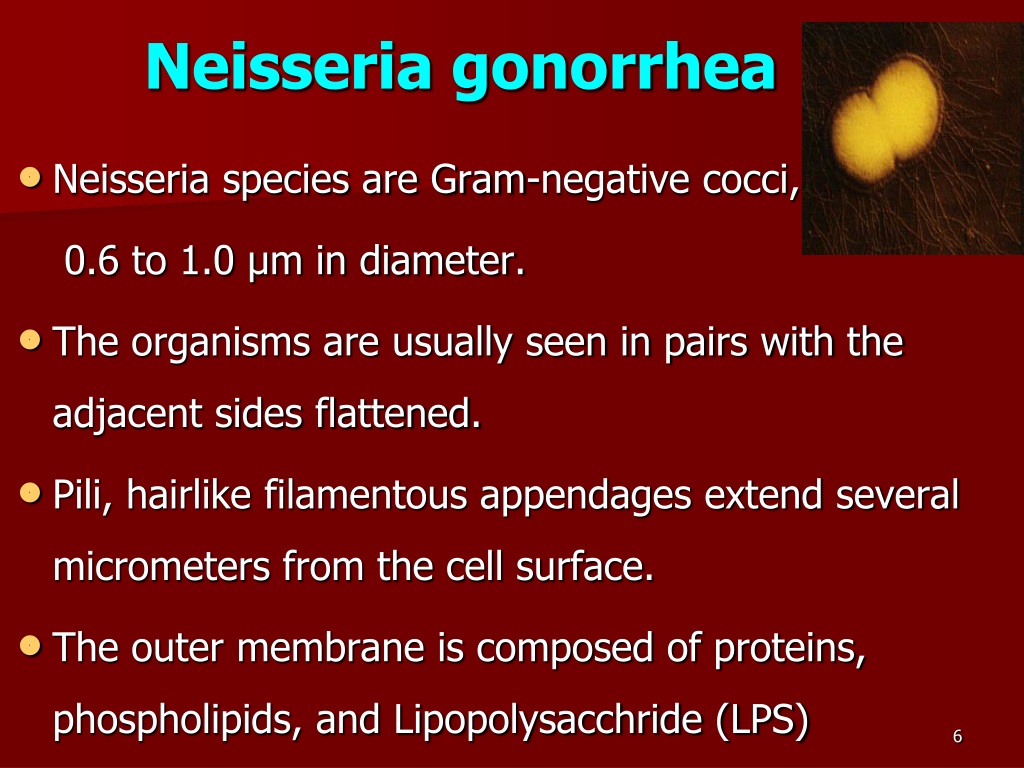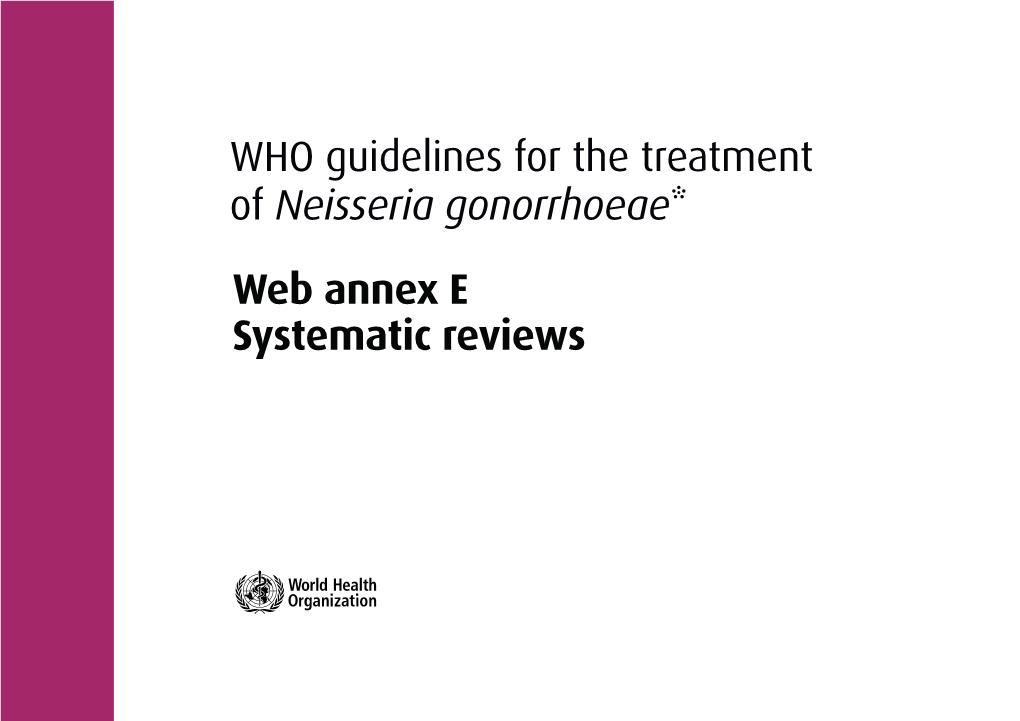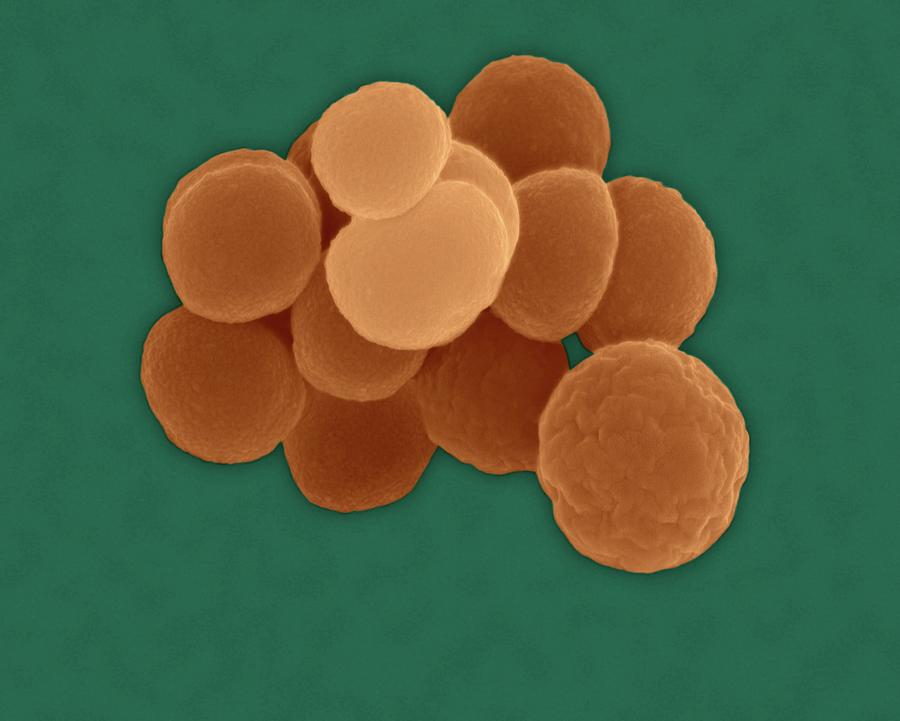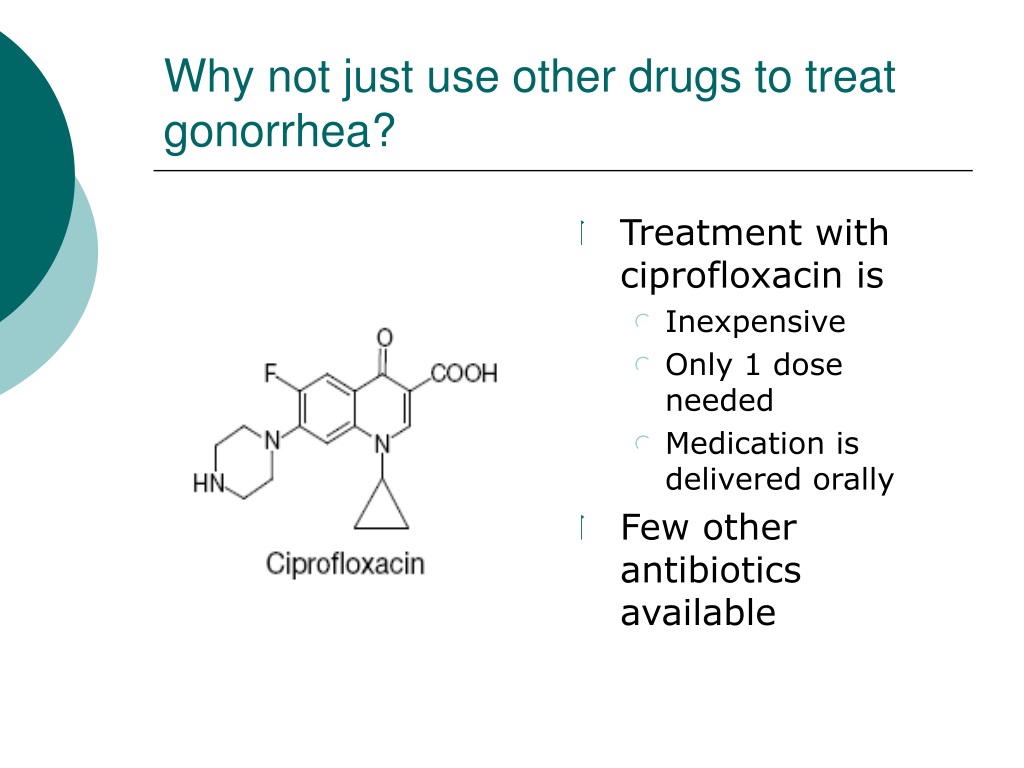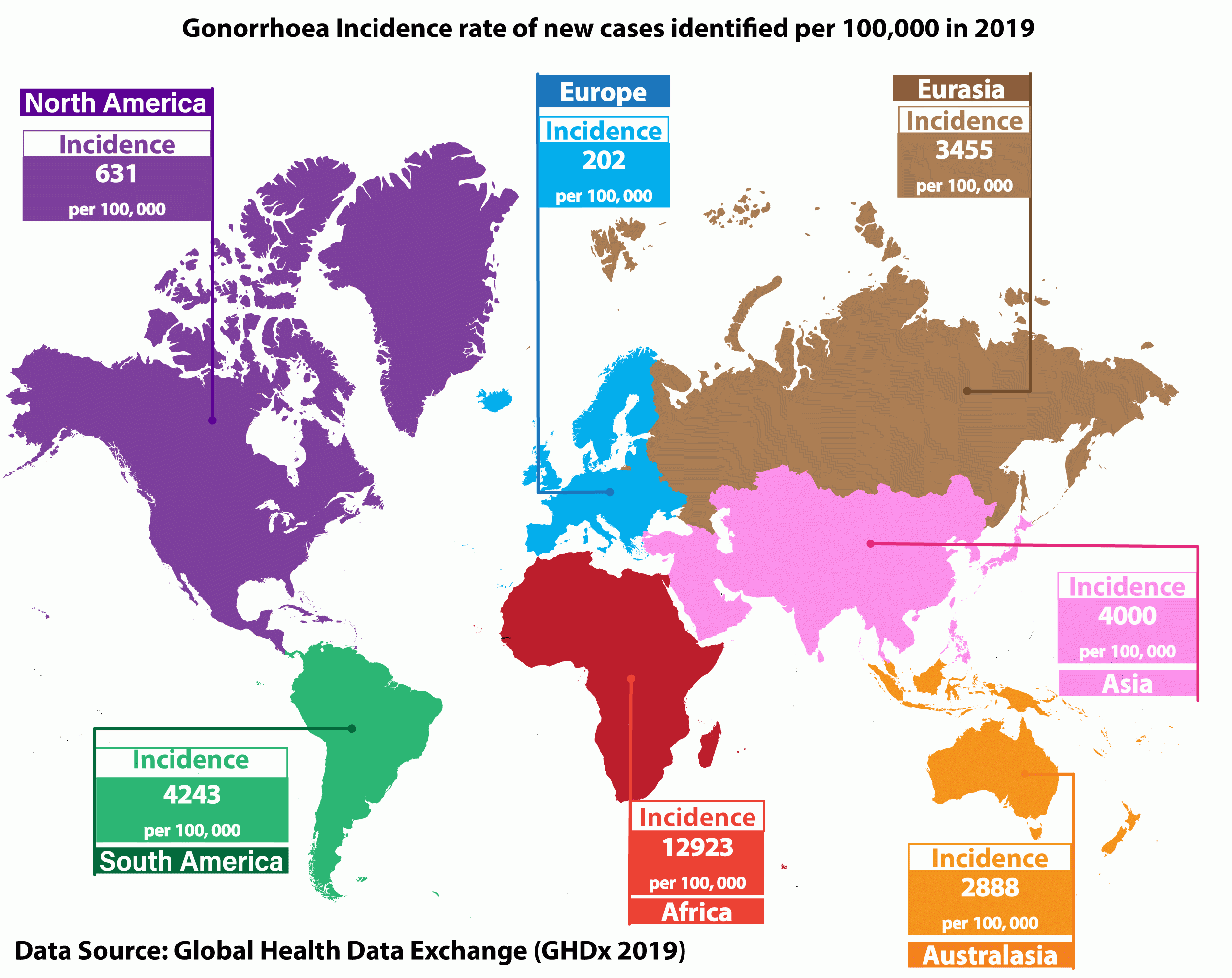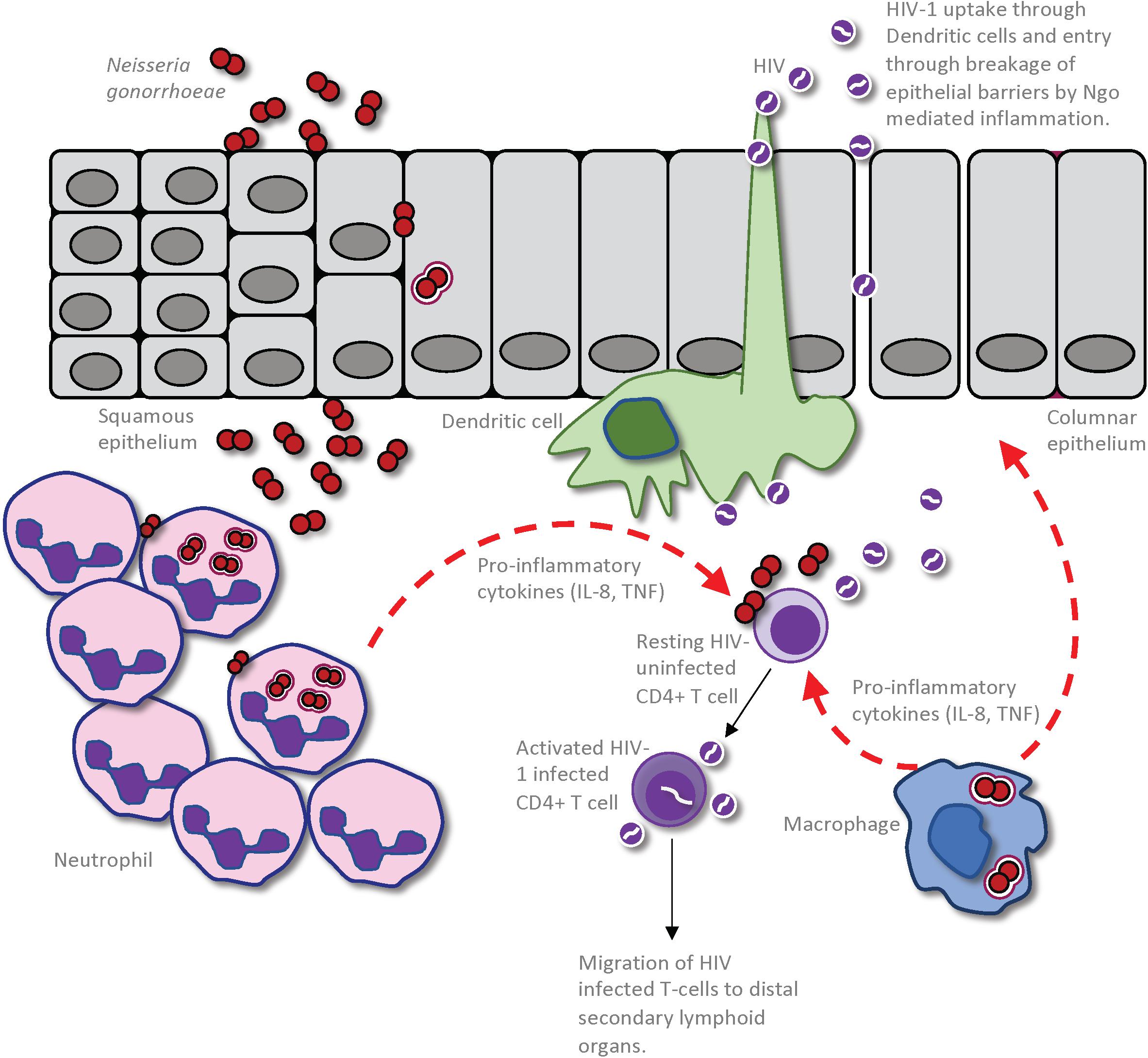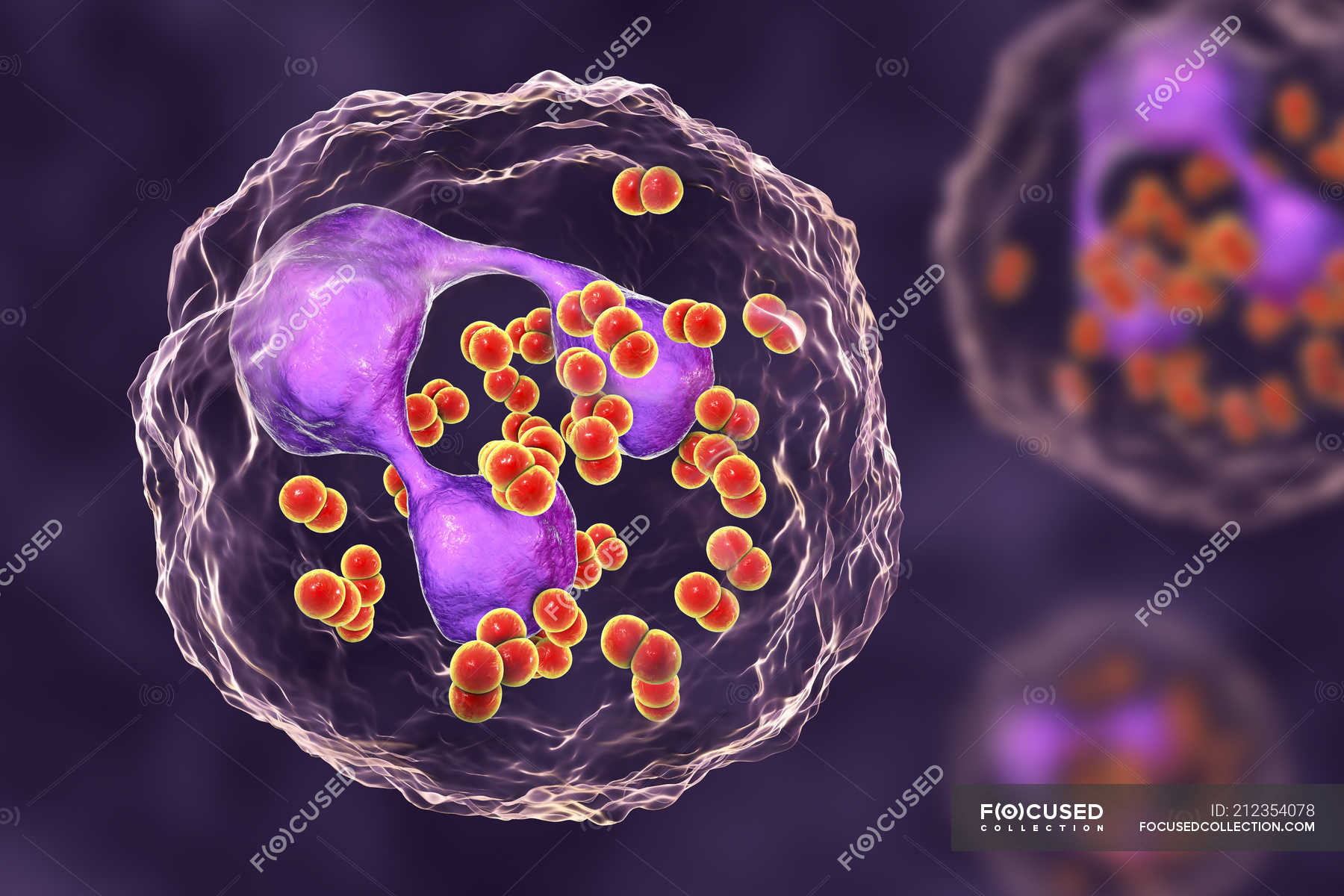Can’t-Miss Takeaways Of Info About How To Treat Neisseria Gonorrhoeae
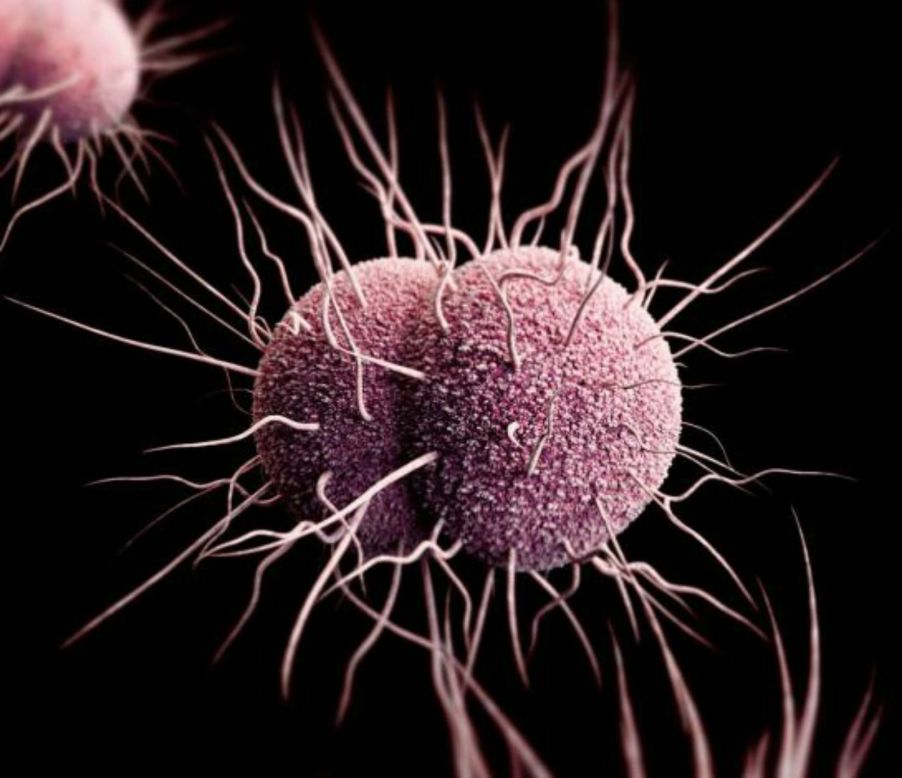
Gonorrhea is transmitted through sexual contact with the penis, vagina, mouth, or anus of an infected partner.
How to treat neisseria gonorrhoeae. You can pass the infection on to your baby during childbirth. In the united states, an estimated 1,568,000 new n. Sexually active people of any age or sex can get gonorrhea and spread it to their partners.
This test has good sensitivity (92 to 96 percent) and specificity (94 to 99 percent) compared with cultures. Antimicrobial resistance (amr) in neisseria gonorrhoeae (n. Gonorrhea can be cured with the right treatment.
Adults with gonorrhea are treated with antibiotics. Gonorrhoeae infections occur each year (141,838), and gonorrhea is the second most commonly reported bacterial communicable disease.urethral infections caused by n. A pregnant person with gonorrhea can give the infection to their baby during childbirth.
Aztreonam 1 g administered intravenously treats urogenital gonorrhea and may also have efficacy for pharyngeal and rectal gonococcal infection when using a 2 g dose. Gonorrhea was treated with penicillin, but doses had to be progressively increased to remain effective. What is the treatment for gonorrhea?
Cefixime, usually given orally with another antibiotic, azithromycin, but only when ceftriaxone is not feasible. Alternative regimens are available when ceftriaxone cannot be used to. Neisseria gonorrhoeae has developed antimicrobial resistance (amr) to all drugs previously and currently recommended for empirical monotherapy of gonorrhoea.
Diagnosis & treatment overview gonorrhea is a sexually transmitted infection, also called a sexually transmitted disease, caused by bacteria. 1 january 2016 | guideline download (3.1 mb) overview rationale for the guidelines since the publication of the who guidelines for the management of sexually transmitted infections in 2003, changes in the epidemiology of stis and advancements in prevention, diagnosis and treatment necessitate changes in sti management. Have a history of stis.
This has continued to expand over the past 80 years, affecting medicines such as tetracyclines, macrolides (including azithromycin), sulphonamides and trimethoprim combinations and, more recently,. The only way to completely avoid stds is to not have vaginal, anal, or oral sex. It is caused by neisseria gonorrhoeae and can be treated with antibiotic therapy.
Policy who gets gonorrhea? Gonorrhoeae can produce symptoms among men that cause them to seek curative treatment soon enough to. Gonorrhoea is treated with antibiotics called cephalosporins.
Gonorrhoeae) appeared soon after the antimicrobial medicines started to be used. Ceftriaxone, usually given by injection and is the preferred treatment; Gonorrhea has progressively developed resistance to the antibiotic drugs prescribed to treat it.
The newest nonculture technique is the nucleic acid amplification test. Treatment prevention next steps faq takeaway gonorrhea is a sexually transmitted infection (sti) caused by the bacterium neisseria gonorrhea. However, in 2024, the bacteria causing gonorrhea is recognized by the world health organisation as a priority pathogen, for which resistance to existing.
